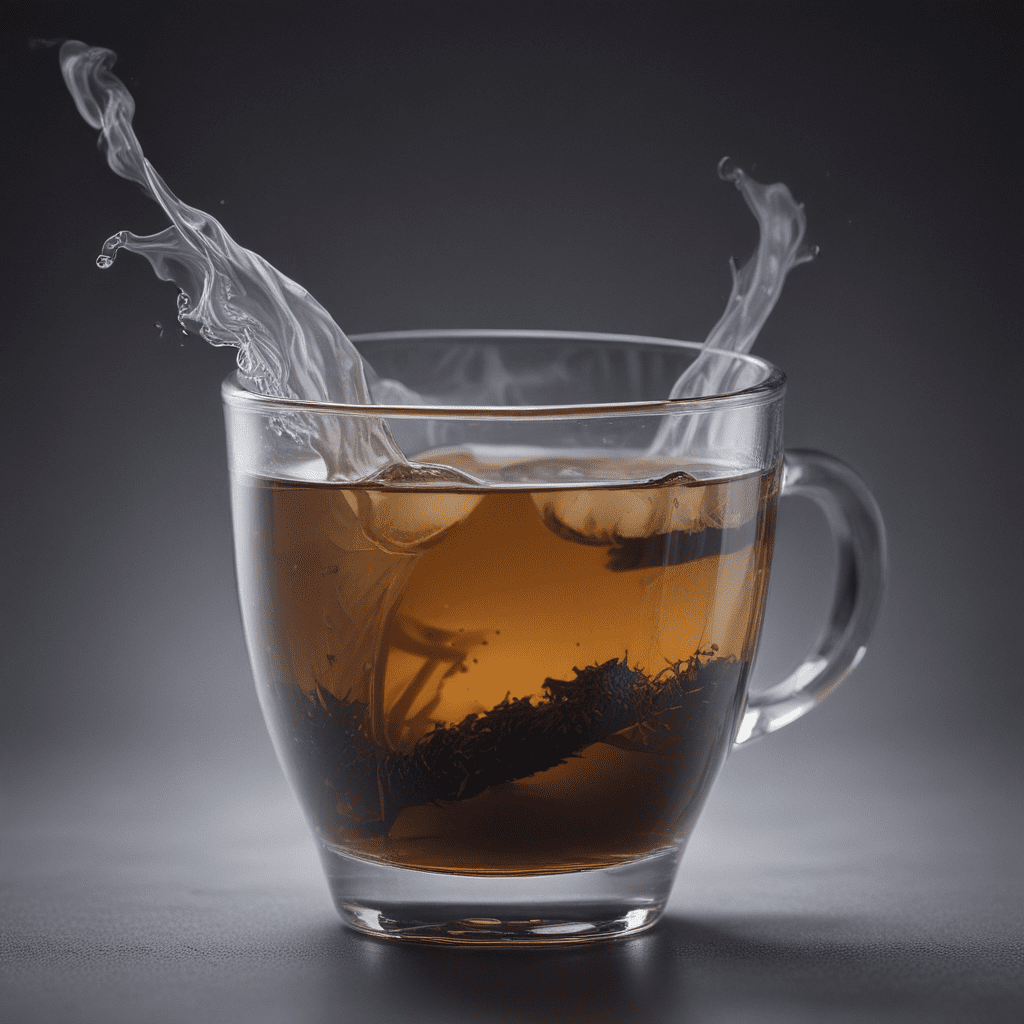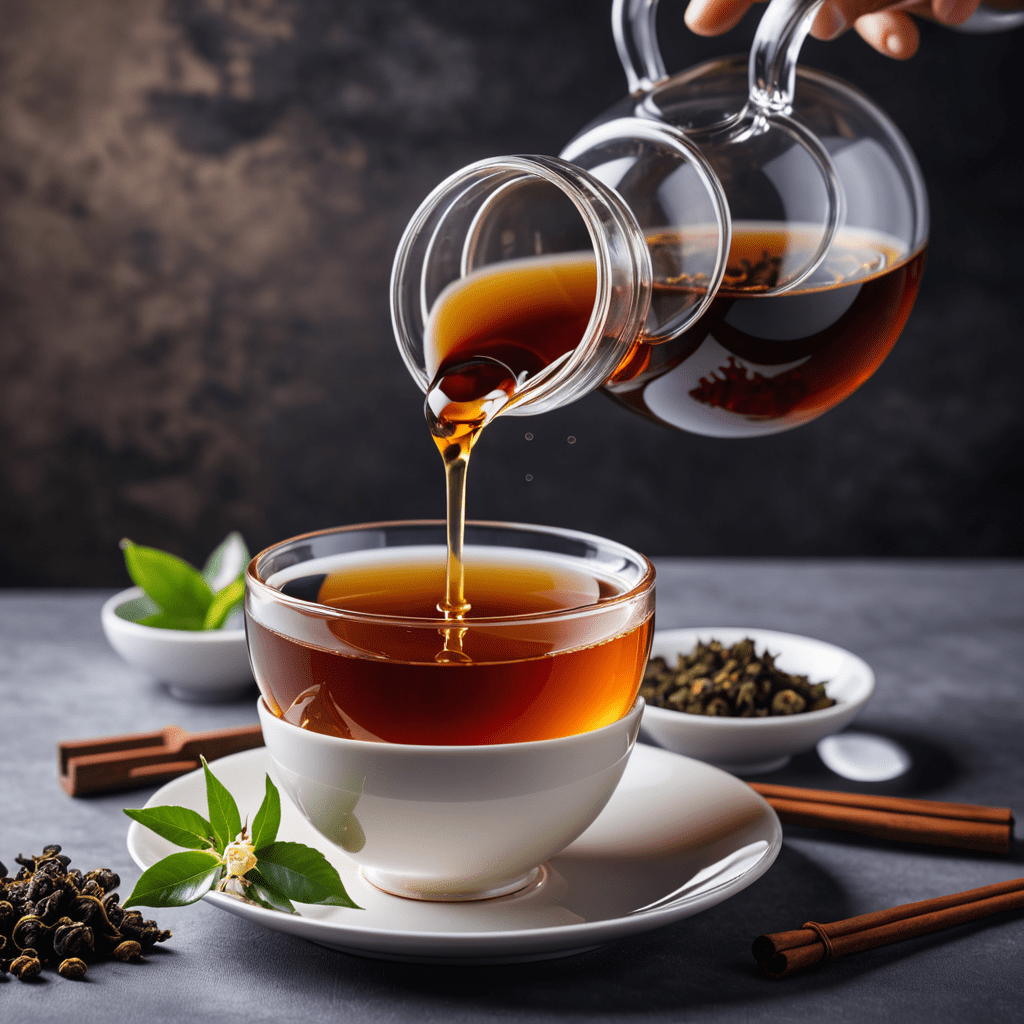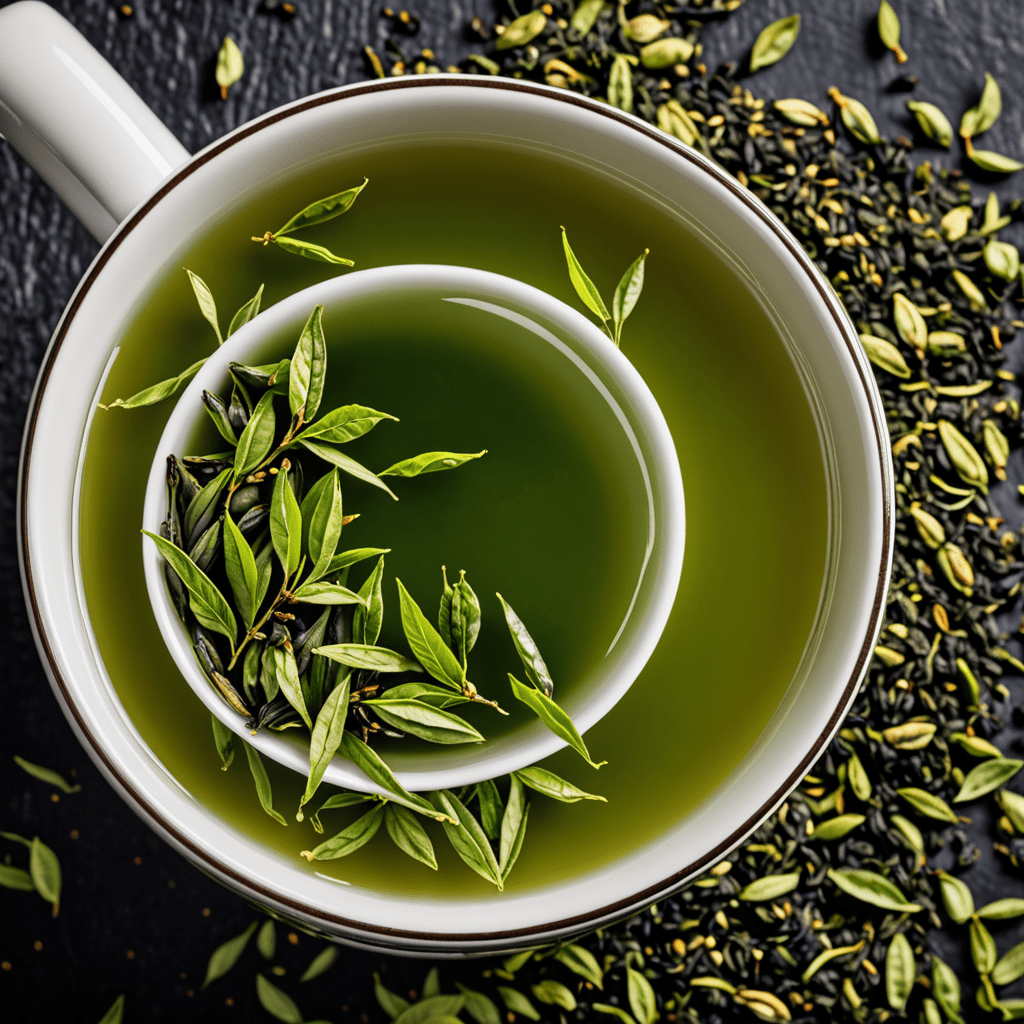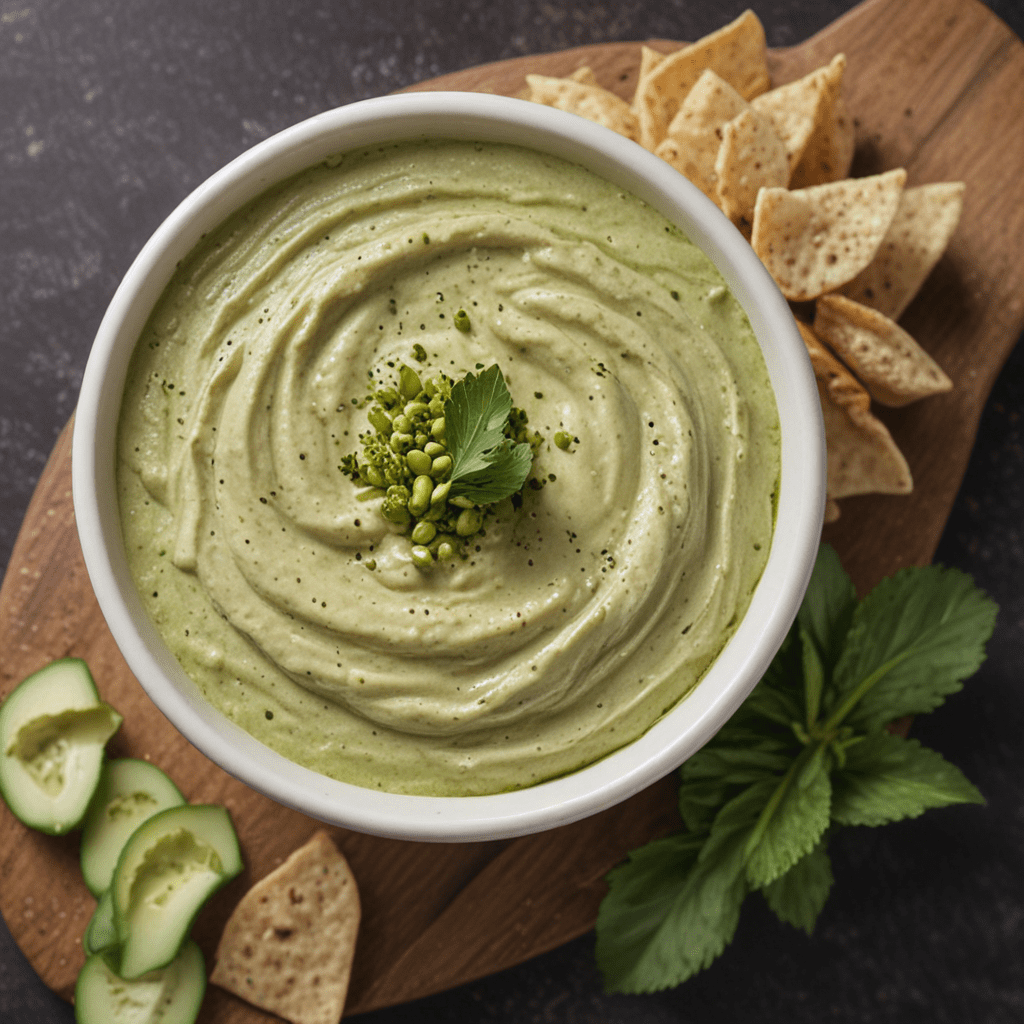Earl Grey Tea: A Tea Drinker’s Choice
1. Introduction to Earl Grey Tea
Earl Grey tea, a globally adored beverage, is a black tea infused with the distinctive aroma and flavor of bergamot oil, extracted from the rind of the bergamot orange. Its exquisite taste and invigorating aroma have captured the hearts of tea enthusiasts worldwide, making it a staple in teacups and a symbol of refinement.
2. Origins and History of Earl Grey Tea
The origins of Earl Grey tea are shrouded in mystery and folklore. The most popular tale attributes its creation to Charles Grey, the 2nd Earl Grey, who served as Prime Minister of the United Kingdom from 1830 to 1834. Legend has it that Grey received a gift of tea flavored with bergamot oil from a Chinese mandarin while serving as an envoy to China. Intrigued by its unique flavor, Grey brought the tea back to England, where it quickly gained popularity among the aristocracy and beyond.
3. Production of Earl Grey Tea: Blending and Flavoring
Earl Grey tea production involves meticulously blending black tea leaves with bergamot oil. The black tea base typically originates from Assam, India, or Ceylon, Sri Lanka, renowned for their robust flavors and full-bodied character. The bergamot oil, obtained through a cold-pressing process, is added in varying proportions to achieve the desired intensity of flavor.
4. Sensory Profile of Earl Grey Tea: Taste, Aroma, and Appearance
Earl Grey tea tantalizes the senses with its harmonious blend of flavors. The robust base of black tea provides a rich and earthy foundation, while the bergamot oil imparts a distinctively citrusy and floral character. Its aroma is equally captivating, releasing a refreshing burst of citrus and floral notes. Visually, Earl Grey tea presents a deep amber hue that deepens with steeping time.
5. Health Benefits and Therapeutic Properties of Earl Grey Tea
Beyond its delectable taste, Earl Grey tea boasts an array of potential health benefits. The citrusy compounds in bergamot oil are believed to possess antibacterial and antiviral properties. Moreover, studies suggest that Earl Grey tea may aid in digestion, reduce stress, and improve mood.
6. Pairing Earl Grey Tea with Different Foods and Occasions
Earl Grey tea's versatility extends to its ability to complement a wide range of culinary offerings. Its citrusy notes enhance sweet and savory dishes alike. Try pairing it with delicate pastries, scones with clotted cream, or fruit-filled desserts. For a savory treat, consider Earl Grey tea alongside grilled salmon, roasted chicken, or a cheeseboard featuring aged cheddar and blue cheese.
7. Varieties and Blends of Earl Grey Tea: From Classic to Contemporary
The world of Earl Grey tea extends far beyond its classic form. Modern blenders have introduced variations that cater to diverse palates. These include blends infused with additional citrus flavors like lemon or orange, as well as exotic spices like cardamom or cinnamon. Other variations explore floral notes, incorporating lavender or rose petals to create mesmerizing taste experiences.
8. Brewing Methods and Optimal Steeping for Earl Grey Tea
To fully appreciate the nuances of Earl Grey tea, meticulous attention should be paid to the brewing process. Begin with fresh, filtered water and bring it to a full boil. Place one teaspoon (approximately 2 grams) of loose-leaf Earl Grey tea per 8 ounces of water into an infuser or teapot. Pour the boiling water over the tea leaves and allow it to steep for 3-5 minutes, depending on desired strength. Over-steeping can result in bitterness.
9. Cultural Significance and Social Etiquette Surrounding Earl Grey Tea
In many cultures, Earl Grey tea has transcended its role as a mere beverage and become ingrained in social customs and etiquette. For instance, in the United Kingdom, it holds a special place during afternoon tea, a cherished tradition that embodies elegance and refinement. Moreover, the serving of Earl Grey tea often signifies hospitality and warmth among friends and family gatherings.
10. Conclusion: The Enduring Appeal of Earl Grey Tea as a Tea Drinker’s Delicacy
Earl Grey tea's enduring popularity is a testament to its exquisite taste, versatility, and cultural significance. Its unique blend of robust black tea and citrusy bergamot oil has captivated tea enthusiasts for centuries, making it a true tea lover's delight. Whether enjoyed as a refreshing morning brew or as an accompaniment to a delightful afternoon treat, Earl Grey tea continues to grace teacups around the globe, leaving an unforgettable mark on the world of tea.
Frequently Asked Questions (FAQs)
Q: What is the caffeine content of Earl Grey tea?
A: The caffeine content of Earl Grey tea can vary depending on the blend and brewing method used. In general, a cup of Earl Grey tea contains approximately 40-60 milligrams of caffeine.
Q: Is Earl Grey tea suitable for pregnant women?
A: While moderate consumption of Earl Grey tea is generally considered safe during pregnancy, it is advisable to consult with a healthcare professional for personalized guidance.
Q: Can I use Earl Grey tea bags for cold brew?
A: Yes, Earl Grey tea bags can be used for cold brew. However, the steeping time should be significantly longer, around 12-24 hours in cold water.
Q: What is the difference between Earl Grey and Lady Grey tea?
A: Lady Grey tea is a variation of Earl Grey tea that typically includes additional citrus flavors, such as lemon and orange peel, along with bergamot oil.



